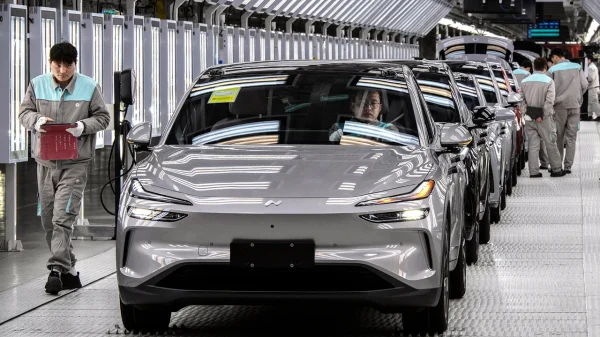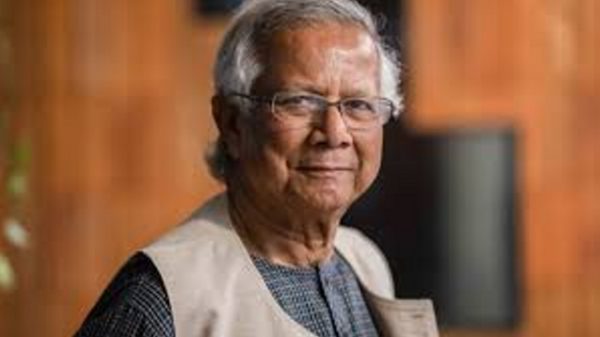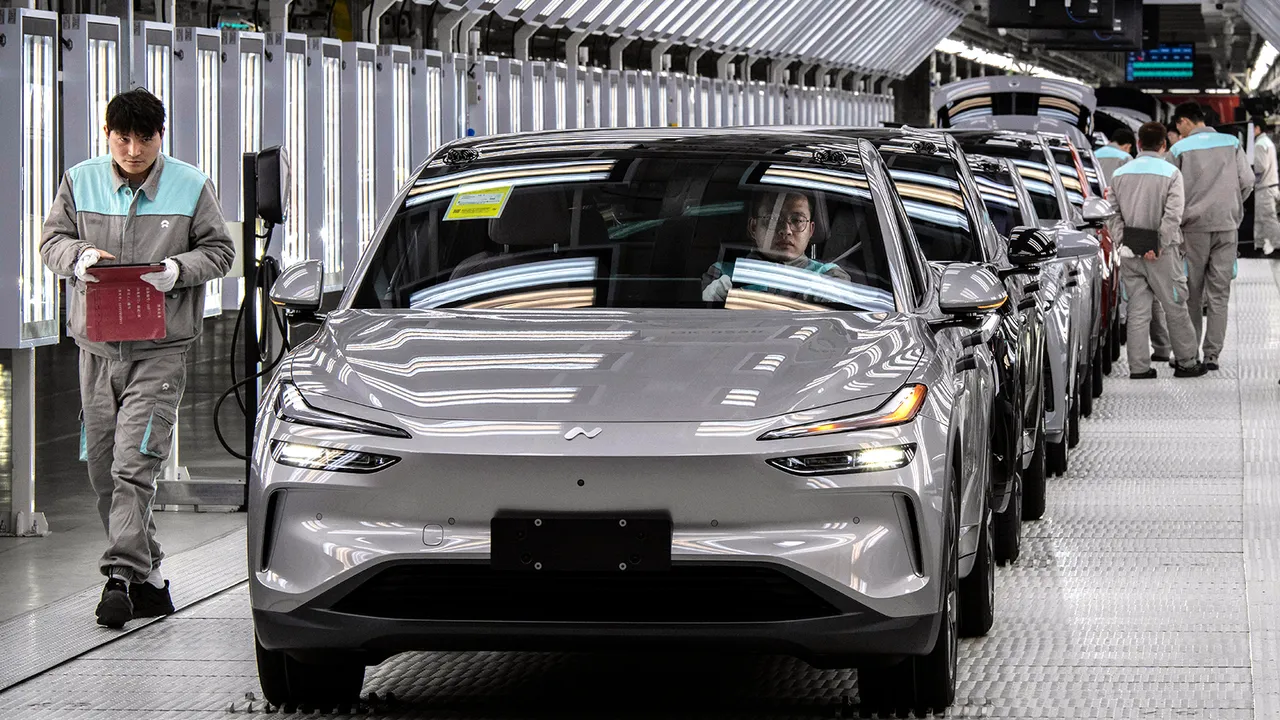The world economy feels shaky these days. Supply chains break, tech rivalries heat up, and political tensions rise. It’s hard to know what comes next. China’s answer to this uncertainty is creating its own stability through high-quality development – building a stronger and more innovation-driven economy at home. The strategy is clear: When external conditions grow volatile, build resilience from within, writes guest contributor Xin Ping.
Strengthen self-reliance through innovation
A visit to Luoyang Bearing Group (LYC) by Chinese President Xi Jinping this May perfectly captures the shift. Once reliant on manual, lower-end production, LYC now generates 70 percent of its output from high-precision bearings. This evolution – from struggling to make simple parts to mastering complex, high-end manufacturing – epitomizes how China responds to global pressures.
At the heart of this effort is a drive for greater self-reliance. Though partly spurred by external constraints, it has become a clear national goal. When confronted with hurdles – such as the chip shortages that hit Huawei – Chinese firms do not just stand still. Instead, they rise to challenges and find their way forward. Companies like Semiconductor Manufacturing International Corporation (SMIC) and HiSilicon are working harder to design and make chips themselves. The same pattern repeats across sectors. Foreign limits on space cooperation like the U.S. Wolf Amendment have propelled China to build its own Tiangong space station and pursue lunar exploration; External restrictions on jet engine tech fueled the development of China’s own C919 passenger plane; And the same push for self-reliance has also driven homegrown innovation in defense technology as powerfully demonstrated at the September 3 military parade. This is China’s pathway to certainty: building up its own internal capabilities to fend off external pressures.
Tap into domestic strengths
A huge advantage in this effort is China’s massive home market. Over 1.4 billion people bought goods worth 48.79 trillion yuan (about $6.79 trillion) last year, making China the world’s second largest consumer market. Such enormous domestic demand helps China cushion the economy against global fluctuations, and forms the foundation of China’s “dual circulation” strategy – growing the economy mainly by serving its own people while staying globally connected. Businesses are adapting. Take the merchants in Yiwu Market – the world’s largest wholesale market for small commodities – in east China’s Zhejiang Province as an example. When U.S. tariff hikes hit China, they didn’t just hope for the best. They started building their own brands and actively looked for new customers overseas.
Another key strength is China’s incredibly dense and close-knit supply chains. Think about a drone maker in Shenzhen, southern China’s high-tech powerhouse: Almost every single part it needs comes from factories within a 50-kilometer radius. Such supply-chain density explains why companies like DJI holds over 70 percent of the global consumer drone marketshare.
Advancing ‘dual-circulation‘
Building a stronger, higher-quality economy requires more than ideas – it needs action and openness. Initiatives like trade-in programs for home appliances and vehicles have spurred billions in sales, boosting domestic consumption as a key growth driver.

Outbound cargo trucks pass through the centralized inspection site at the “second-tier ports” (freight) of Haikou’s Xinhai Port, Haikou, south China’s Hainan Province, 15 September, 2025. /CFP
While some nations turn inward, China is opening up wider. The Hainan Free Trade Port (FTP) will officially launch an island-wide special customs operation in December, and the number of items on the negative list for foreign investment has been cut from 40 in 2019 to 29 today. Following its Shanghai Gigafactory’s success, Tesla is now investing in a major energy storage plant – a vote of confidence in China’s market potential and supply chain efficiency. This is China’s “dual circulation” in action – leveraging domestic strength while deepening global integration.
From the transformation of manufacturers like LYC to produce ultra-precision components to breakthroughs in chips and electric vehicles (EVs), China’s economy demonstrates remarkable resilience. This strength comes from three reinforcing factors: relentless innovation, a vast and vibrant home market, and a steadfast commitment to self-improvement and global engagement.
As China continues on this path, it adds much-needed stability to the world economy. In these uncertain times, a country embracing the world with high-quality domestic development offers a foundation of certainty from which all can benefit.























